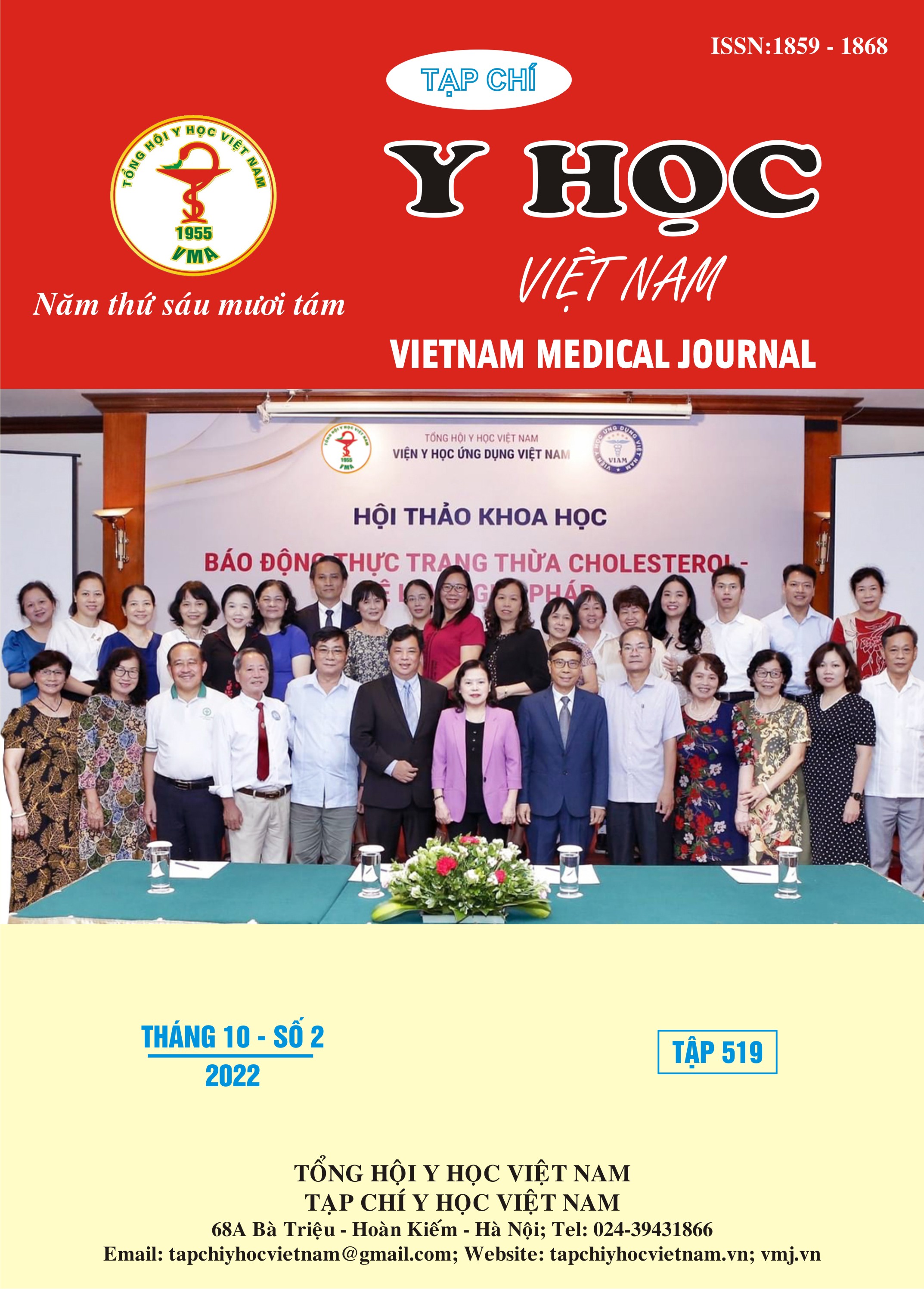ROLE OF COMPUTED TOMOGRAPHY PERFUSION IN EVALUATING THE THERAPEUTIC RESPONSE OF TRANSARTERIAL CHEMOEMBOLIZATION FOR HEPATOCELLULAR CARCINOMA
Main Article Content
Abstract
Objectives: To assess the diagnostic role of multi-detector computed tomographic perfusion in evaluating the therapeutic response of trans-arterial chemo-embolization in hepatocellular carcinoma. Patients & methods: This study included 15 patients with 20 lesions post-transarterial chemoembolization HCC patients underwent follow-up by hepatic CT perfusion, perfusion parameters {Hepatic arterial blood flow (HABF) & hepatic arterial faction (HAF)} were measured in the hypervascular area of the treated lesion at perfusion color map suspected as residual disease and adjacent hepatic parenchyma to assess therapeutic efficacy. Parameter distribution was described by their quartile values and statistically analyzed. Results: Among 15 patients with 20 lesions. The residual lesion was observed in 13 lesions of the 20 lesions with increased HAF (%) and HABF (ml/min/100 ml) in the residual disease compared to surrounding liver parenchyma with P value < 0.05. The calculated parameters in the residual disease: HABF was 180.40 ± 62.65, & HAF was 54.20 ± 12.53. The calculated parameters in surrounding liver parenchyma: was HABF was 6.01 ± 7.64 & HAF was 6.32 ± 9.92. The residual disease which the cut-off point HABF was 93.42 with sensitivity of 91.7%, specificity of 100%, positive predictive value of 100%, negative predictive value of 80% and the cut-off point HAF was 41.7 with sensitivity 83.3%, specificity 87.5%, positive predictive value 100%, negative predictive value 66.67%. Conclusions: CT perfusion evaluates treatment response in TACE treated HCC patients by providing a quantitative assessment of vascularization of residual tumor.
Article Details
Keywords
Hepatocellular carcinoma, Therapeutic response, Transarterial chemoembolization
References
2. Carr BI. Hepatocellular carcinoma: Current management and future trends. Gastroenterology. 2004;127(5):S218-S224. doi:10.1053/j.gastro.2004.09.036
3. Salem LN, Mohammed DM, Ziada DH, Elshafey MH. Dual input computed tomography perfusion in evaluating the therapeutic response of transarterial chemoembolization for hepatocellular carcinoma. Egypt J Radiol Nucl Med. 2018;49(3): 597-607. doi:10.1016/j.ejrnm.2018.01.017
4. Ippolito D, Fior D, Bonaffini PA, et al. Quantitative evaluation of CT-perfusion map as indicator of tumor response to transarterial chemoembolization and radiofrequency ablation in HCC patients. Eur J Radiol. 2014;83(9):1665-1671. doi:10.1016/j.ejrad.2014.05.040
5. Su TH, He W, Jin L, Chen G, Xiao GW. Early Response of Hepatocellular Carcinoma to Chemoembolization: Volume Computed Tomography Liver Perfusion Imaging as a Short-Term Response Predictor. J Comput Assist Tomogr. 2017;41(2):315-320. doi:10.1097/RCT.0000000000000511
6. Kim SH, Kamaya A, Willmann JK. CT Perfusion of the Liver: Principles and Applications in Oncology. Radiology. 2014;272(2):322-344. doi:10.1148/radiol.14130091
7. Ippolito D, Capraro C, Casiraghi A, Cestari C, Sironi S. Quantitative assessment of tumour associated neovascularisation in patients with liver cirrhosis and hepatocellular carcinoma: role of dynamic-CT perfusion imaging. Eur Radiol. 2012; 22(4):803-811. doi:10.1007/s00330-011-2307-z
8. Enite AM, Rabee H. Multi-detector CT perfusion as a diagnostic imaging modality to evaluate local therapy of hepatocellular carcinoma. Egypt J Radiol Nucl Med. 2016;47(3):687-692. doi:10.1016/ j.ejrnm.2016.04.004


